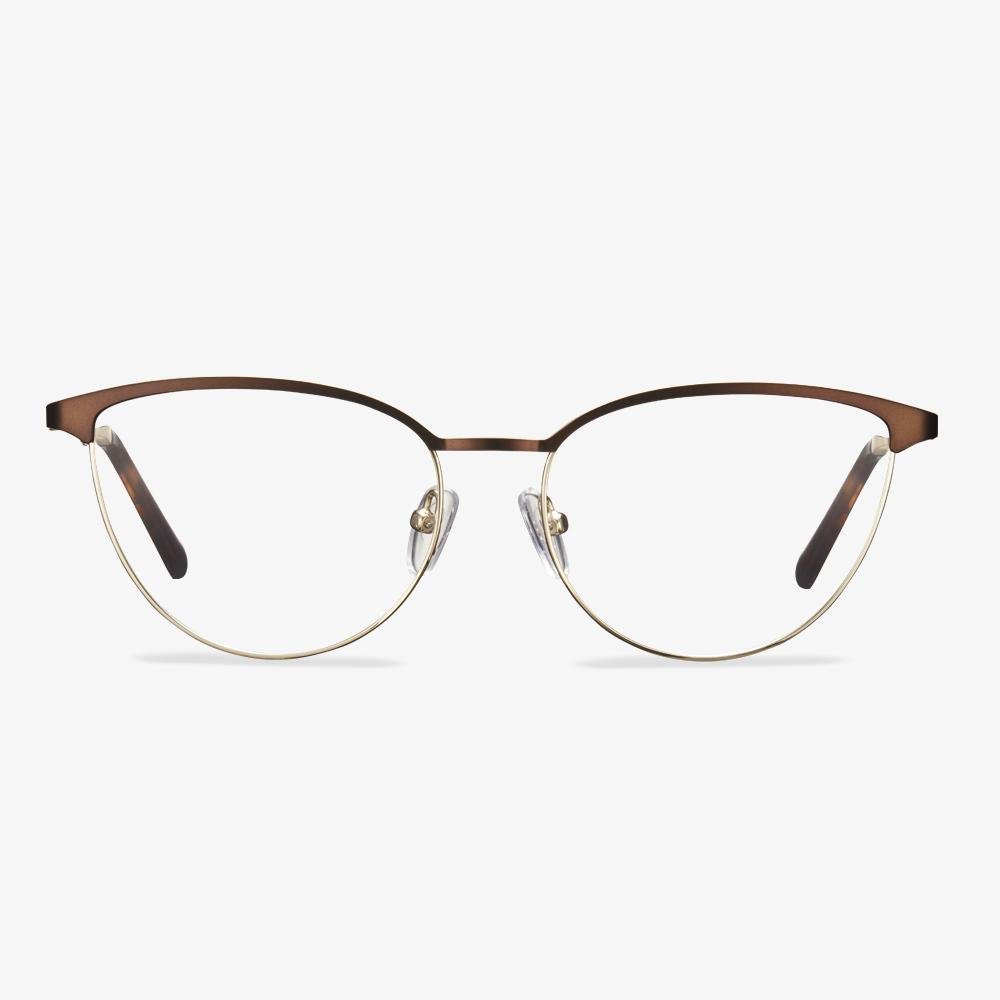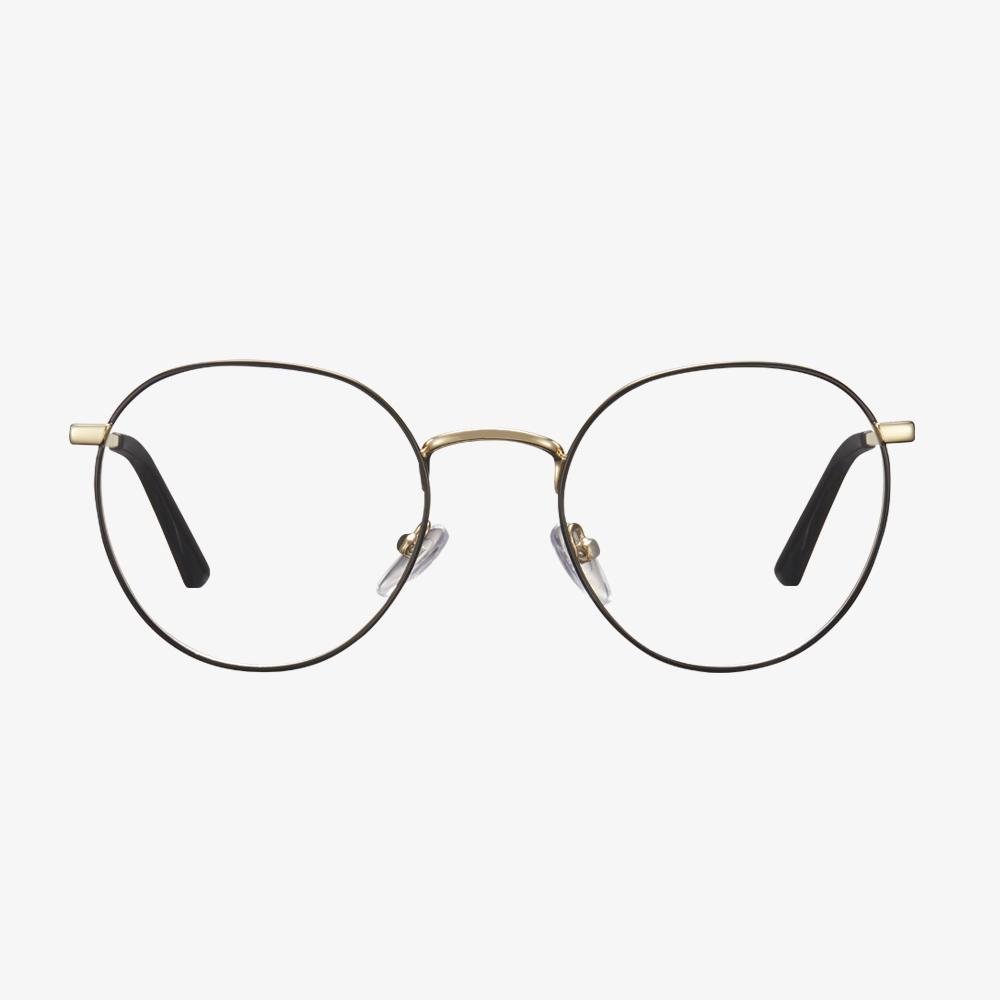What Are Varifocal Glasses?
Varifocal glasses, also known as varifocals, varifocal lenses, or progressive lenses, have a gradual change in strength from the top of the lens to the bottom with multiple focal points in between. Unlike bifocals, varifocals glasses have no specific area of lens strength, but progressive lens zones.
As mentioned above, varifocal glasses have three different prescriptions in one pair of glasses, allowing you to correct near and far vision. So, they bring you great convenience since you don’t need to change the glasses frequently.
However, there are also some common problems with varifocal glasses and we will show you the disadvantages of varifocal glasses.
So, in the following section, we will show you the disadvantages of varifocal glasses.
Can you get your new eyeglasses in a day online?
Yes, it is possible to have an eye exam and prescription glasses on the same day. But unless it's an emergency, you'd better wait a few days and then buy the best glasses you need. Not all glasses are available within an hour or on the day of your eye exam.
Have a try and confirm the front and side of the glasses.
Confirmation data: pupil height, flat frame surface, size of frame surface, the harmony of nose arc, the contact area of nose support, size of temple bend. Finally, remember a big principle: You should have no sense of pressure, and in a small range of motion, the frame does not shift. Good glasses should be perfectly integrated with the face so that people can not feel the existence of glasses. Good design is invisible. The lens above 800 degrees will be slightly heavy, so it is not recommended to choose the elastic temple and smooth metal temple. The temple is too slender, and at the same time is all metal, easy to slide frequently.
Basic principles of progressive lenses
The surface of the progressive slice is divided into five regions. There are far, middle, and near optical areas. They are respectively corresponding to see distant objects, middle distance objects in the near distance objects. One pair of glasses is multi-purpose. In appearance, it is not very different from regular lenses. There is no clear dividing line. Distal use area: The area above the progressive slice is the distal use area, which is used to correct the distal refractive error. Proximity area: from the matching lens cross down, the refractive power of the lens continuously increases the positive degree, which is used to see close objects. Gradient area: The channel connecting the far and near areas. It is an area of regular change from top to bottom, used for transitioning and seeing objects at intermediate distances. The length of the gradient is very important for the wearer's adaptation. The rate at which the degree of gradient changes is called gradient. The gradient can be uniform or variable. Peripheral area: Changes in the surface curvature of the lens will lead to aberrations in the peripheral areas on both sides of the lens, mainly astigmatism and prism effect, which will interfere with a vision to a certain extent, resulting in blurred vision or distortion. And it will affect the wearer's adaptation to the progressive lens.
What Are Bifocals?
There are several kinds of lenses available in the market. Now, there is a kind of lenses by stacking two different kinds of lenses together and they are called a bifocal lens. Bifocal lenses are lenses with lines separating two different prescriptions. There is a presence of a distance lens at the top and the lower part has a lens that can be used to view the objects placed nearby.
Bifocal lenses are designed for people who have presbyopia, a condition in which the person can’t see the nearby placed objects. Presbyopia is an age-related condition, often occurred when people are over 40 and people often have blurred vision.
At the same time, there are different types of bifocal lenses present and they provide the same user which is the lower part of the lens is used to view the nearby objects or to do work related to reading and writing while the upper part of the lens is used to view the objects placed at a faraway distance or to do an activity like driving.
So, in the following section, we will show you the different types of bifocal lenses.
What Are Progressive Glasses?
Trifocal glasses and no-line progressive lenses are multi-focal glasses, meaning that their lenses offer multiple correction fields. Whether you have been wearing multi-focal glasses for a while, or you have just begun to look at options for correcting vision after 40 years old, you may have heard the terms trifocal or progressive glasses.
Progressive lenses offer a smooth transition from distance vision through intermediate vision to near vision, and they supply all the in-between corrections. Progressive lenses have three different viewing zones, as trifocal glasses do, and they have progressive powers of corrections, easing eye strain and providing the most natural vision correction.
Round face with square glasses
A round face is a relatively round type. This type of face looks very round but lacks a little beauty. The biggest feature of a round face is that it is softer, and the contours and features of the face will look gentle. However, it lacks a little tough line, so it is most suitable to choose square glasses for a round face. It can add a little small line to your round face and it will look more beautiful.











































